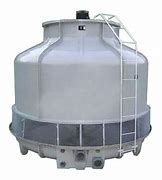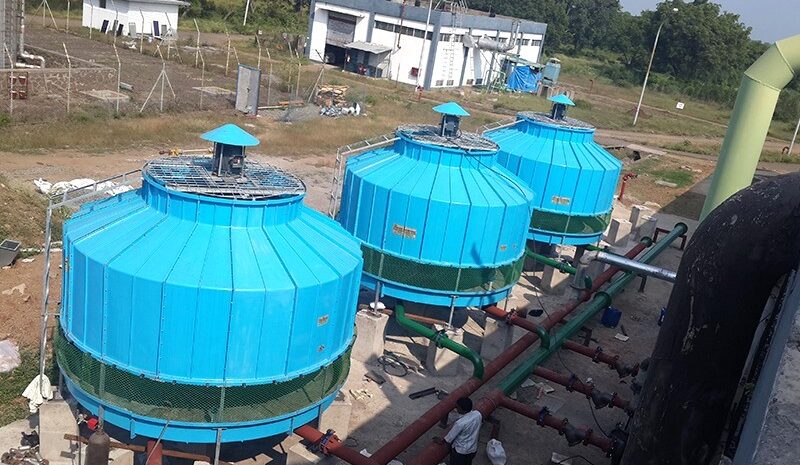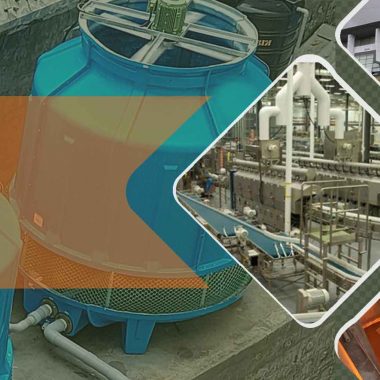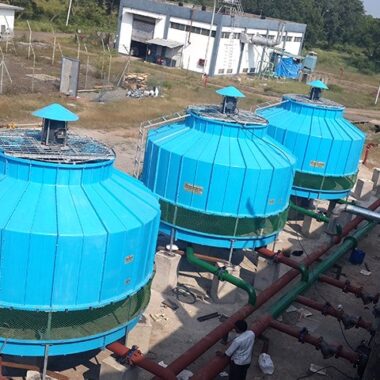Selection Guide for Round Cooling Towers
Selection Guide for Round Cooling Towers
Selecting the proper round cooling tower includes considering a few components to guarantee optimal execution and efficiency for particular applications. Here’s a comprehensive selection guide for round cooling towers outlining key considerations:
1. Cooling Requirements:
Decide the cooling capacity required based on the heat stack of the method or system the cooling tower will serve. Consider variables such as most extreme and least heat loads, working temperatures, and required temperature differentials.
2. Space Availability:
Assess the accessible space for introducing the cooling tower, considering factors such as impression, height restrictions, and clearance prerequisites for airflow and maintenance access.
3. Environmental Conditions:
Assess the climatic conditions at the installation site, counting ambient temperature, humidity levels, wind speed, solar radiation, and elevation. Select a cooling tower plan and materials that can withstand the winning environmental factors.
4. Water Quality and Treatment:
Consider the quality of the circulating water and any treatment prerequisites to avoid scaling, erosion, biological growth, and fouling inside the cooling tower. Select materials and coatings that offer resistance to
corrosion and chemical degradation.
5. Efficiency and Energy Consumption:
Assess the energy efficiency of the cooling tower, counting fan motor productivity, air dispersion system plan, and fill media configuration. Select a tower with highlights such as variable speed drives (VSDs) or energy-efficient engines to minimize energy utilization.
6. Maintenance Requirements:
Consider the ease of support and get to to critical components such as fill media, dispersion system, drift eliminators, fan assembly, and engine. Decide on plans that encourage schedule inspection, cleaning, and adjusting to minimize downtime and support costs.
7. Noise Considerations:
Assess the commotion levels created by the cooling tower and the impact on encompassing regions. Select sound constriction highlights such as sound enclosures, silencers, and float eliminators to reduce commotion emissions and comply with nearby directions.
8. Material Selection:
Select materials for the shell, outline, fill media, and inside components based on corrosion resistance, durability, and compatibility with the circulating water chemistry. Consider components such as presentation to UV radiation, chemical introduction, and thermal expansion.
9. Regulatory Compliance:
Guarantee compliance with nearby, state, and federal controls governing cooling tower establishments, counting natural directions, noise ordinances, water release permits, and security standards.
10. Manufacturer Reputation and Support:
Select a reputable producer with a demonstrated track record of conveying high-quality cooling towers and giving reliable client support, including technical assistance, support administrations, and spare parts accessibility.
By carefully considering these factors and conducting a careful evaluation of the particular necessities and constraints of the application, you’ll be able select the most reasonable round cooling tower to meet your cooling needs effectively and productively. Collaboration between engineering, maintenance, and obtainment groups is basic to ensure a effective selection process and long-term execution of the cooling tower.

Selection Guide for Round Cooling Towers





Impact of Climate on Round Cooling Tower Performance - Cool Fab Equipments April 26, 2024 at 9:45 pm
[…] execution of round cooling towers can be altogether influenced by the prevailing climate conditions within the region where they are […]
Applications of Round Cooling Towers - Cool Fab Equipments April 28, 2024 at 8:51 pm
[…] Round cooling towers discover applications over different businesses where effective heat dissipation is required. A few common applications of round cooling towers include: […]